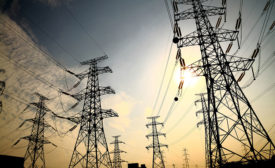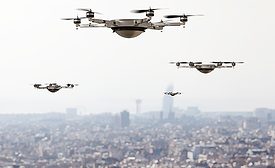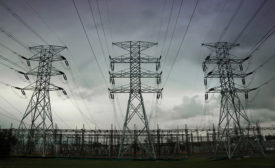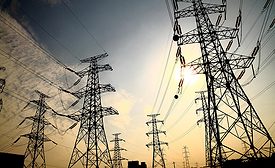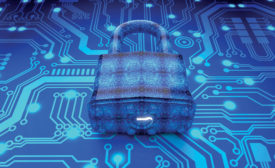Infrastructure:Electric,Gas & Water
What to Do About Drones? Detect, Identify, Respond
Because of the danger posed by the misuse of UAVs, new technology mitigates potential drone threats.
October 11, 2016
Sign-up to receive top management & result-driven techniques in the industry.
Join over 20,000+ industry leaders who receive our premium content.
SIGN UP TODAY!Copyright ©2024. All Rights Reserved BNP Media.
Design, CMS, Hosting & Web Development :: ePublishing


